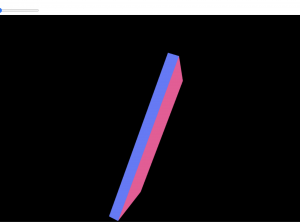This week we placed the parts order from the budget / part list. I also assisted with making the teams design presentation this week, drawing up circuit/sensor schematics. As we are still waiting for parts to arrive, and as this is a heavy midterm/project week for me, I did not get a ton done. I briefly explored some arduino code that might be useful for interfacing with my desired parts. In particular, I am focusing on learning how to use the ICM-20948 Inertial Motion Units as those are more critical to our MVP, while the foot pressure is a nice to have. In particular, I looked at this library and thought this code example might prove relavent: https://github.com/sparkfun/SparkFun_ICM-20948_ArduinoLibrary/blob/main/examples/Arduino/Example9_DMP_MultipleSensors/Example9_DMP_MultipleSensors.ino
Originally, I was planning on trying to write out some code for my use case, but I think it might be more worthwhile to just try and test one at a time, then build out from there. I also looked into how to use Bluetooth Low Energy on an arduino, as I am afraid that could prove problematic later on, and would rather at least learn a bit now. So I read this article on it. https://docs.arduino.cc/tutorials/nano-33-ble-sense/ble-device-to-device
Unfortunately, I feel like I learn best by doing, so for now I just gathered resources to use next week when the parts arrive and I have the opportunity to work through some of these tutorials. I am a bit behind schedule as we were hoping to have the back sensing and weight sensing devices built by now. However, I think it will be okay, as I have done thorough research and planning, so once the parts arrive, assembly should not take long. My plan to catch back up is just to make sure the “ensure everything works together” part of my task list goes smoothly (which it should as I put in plenty of research into my part configurations beforehand)
So next week I am hoping my parts will arrive and I will be able to check off my assembly and data collection from device tasks.

